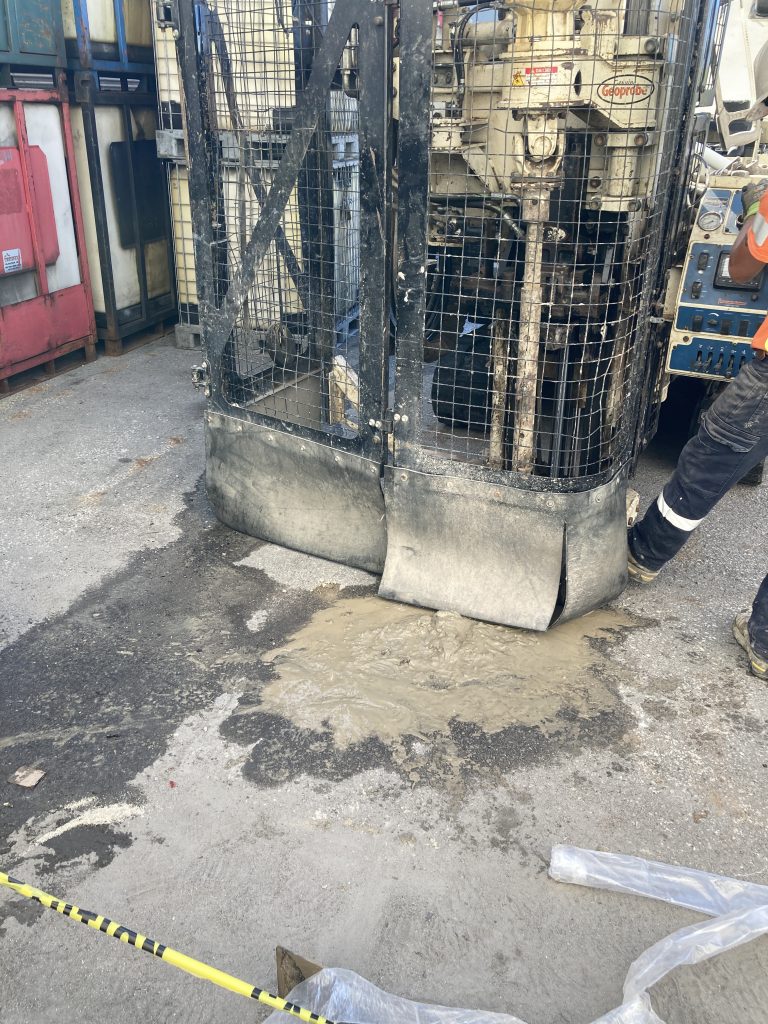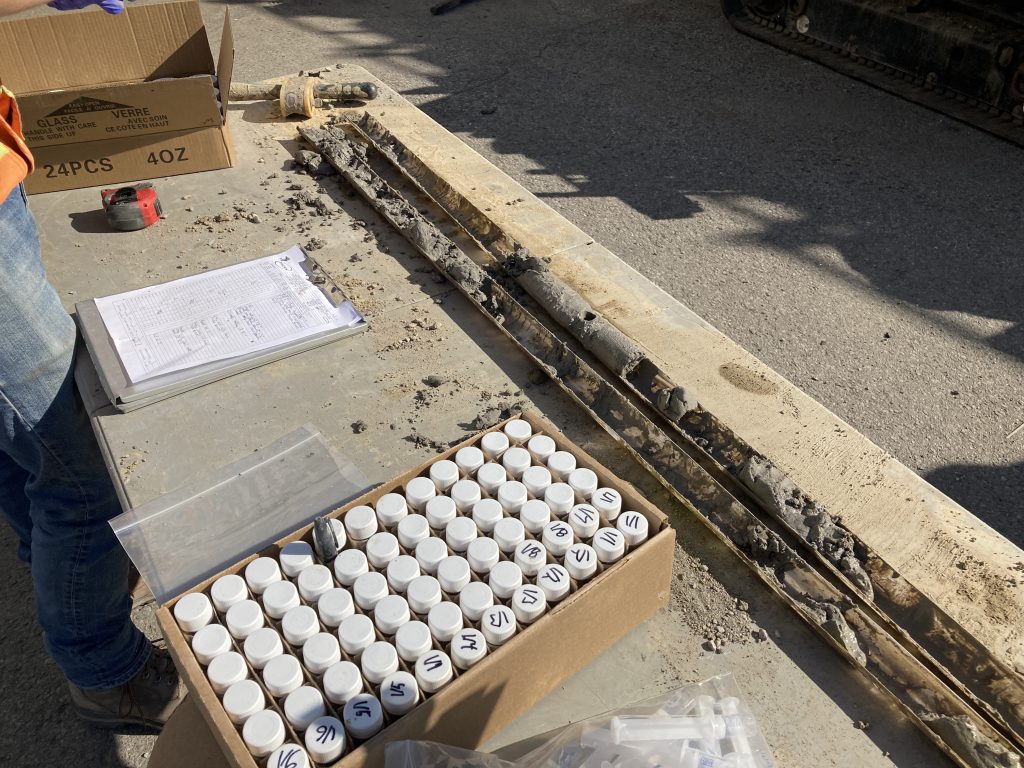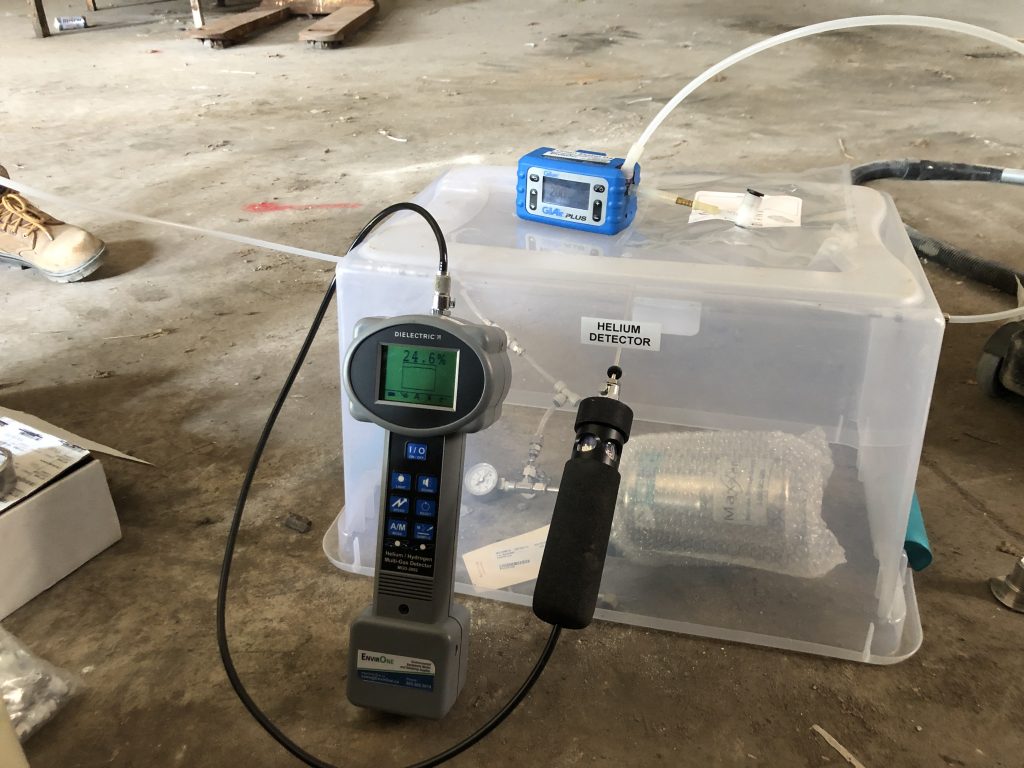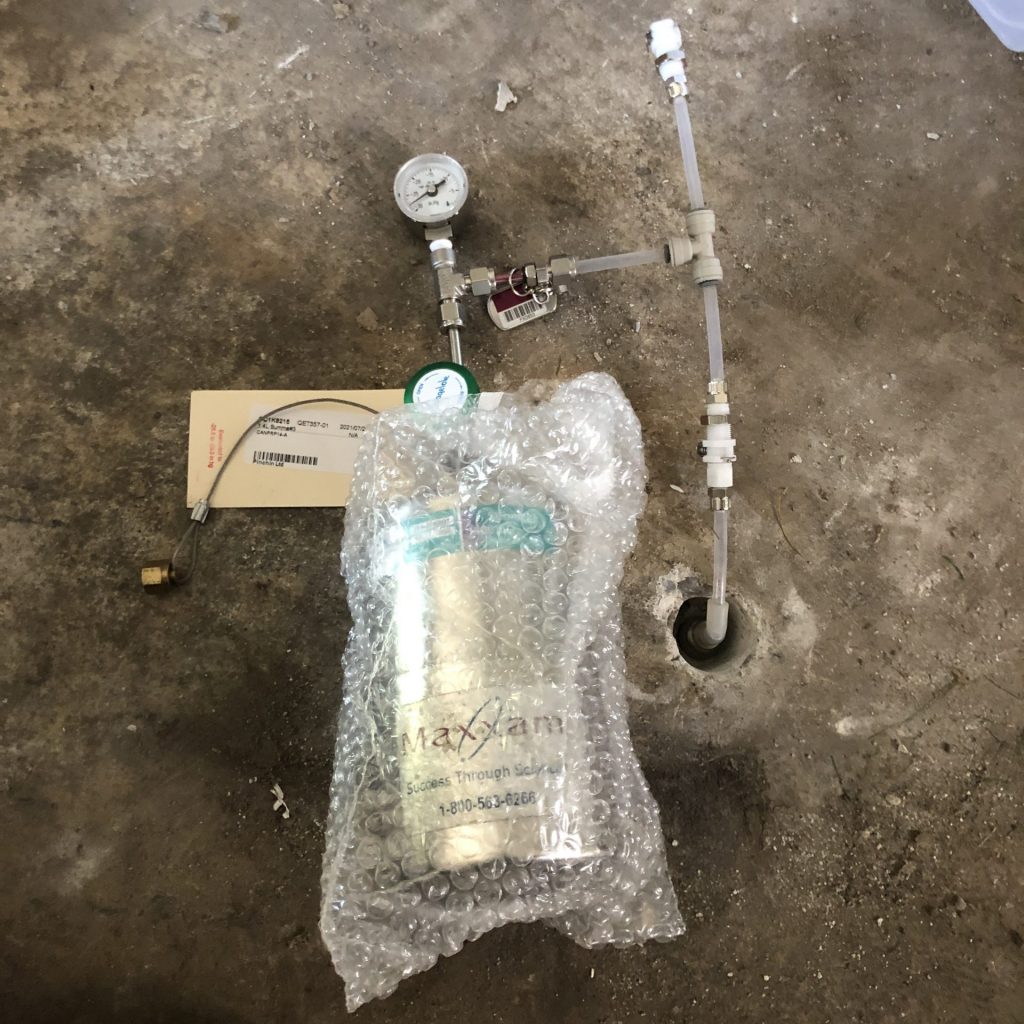Pinchin Team: Environmental Due Diligence & Remediation
What Are The Challenges To Secure Financing For Contaminated Properties?
Securing financing for a contaminated property is not always an easy task but it can be accomplished through proper due diligence and risk management. Lender risk-tolerance towards environmental liability can vary significantly, as do their expectations with respect to the management of contamination. Often those identified as “top-tier”, “prime” or “A-lenders” also have the strictest lending requirements with the lowest level of acceptable risk.
While environmental liabilities can include a wide range of issues, we are specifically focusing on current and/or historical activities located on a property with some form of contamination identified during a Phase I and II Environmental Site Assessments (ESAs). As a property owner, you are responsible under the Province of Ontario’s Environmental Protection Act to protect the health of site occupants and prevent adverse impacts to the environment. To help ensure they can rely on the environmental reports, many lenders have a list of pre-approved consultants that must be retained by the purchaser (or vendor) to complete requested studies.
In some situations, sites can have multiple or complicated environmental issues that need to be addressed. In our experience, lending institutions can discount costs for any future remediation, which may be required to bring the Site into compliance with applicable environmental legislation, from the total value of the property. In this scenario, the maximum value they will often lend against a property, is the current value, minus the costs for any remediation. Properties with significant environmental impairment are often never fully remediated and instead, the environmental liabilities are managed through a process called Risk Assessment (or RA). An RA is a scientifically accepted method of evaluating and managing potential environmental or human health risks at a site. It can be used to allow higher levels of contamination at a property, based on site-specific conditions, or inform as to appropriate mitigation or control measures.
Proper ESA due diligence will utilize a multiple lines of evidence approach to evaluate conditions with the primary objective being to help the client (and lender) understand the site-specific environmental liabilities and the ways in which it can be effectively managed.
Frequently Asked Questions about Contaminated Properties
For contaminated properties, this often means collecting sufficient data to address the following questions/concerns:

Confirmation
Has the source of contamination been identified/confirmed?

Remediation
Has the source of the contamination been removed? If not, can it be?

Delineation
Has the extent of contamination been delineated?

Rectified
Have any gaps in the subsurface investigation been addressed?

Risk Assessment
Are there potential ecological and/or human health risks to onsite occupants?

Off-site Risk
Is there risk of off-site migration?

Cost
What are the remediation or management options, and associated costs? Is additional work required to confirm these options and costs?
Pinchin has a proven track-record, of completing both simple environmental investigations, and also much more complex sites where more detailed analysis and RA is required. For this reason, at the time of this publication, Pinchin is pre-approved with all top-tier lenders and have worked with dozens of others.
Project Background
Pinchin’s Service Offerings
Developing defensible solutions for contaminated site management is very often an iterative process. To meet project objectives, Pinchin provided the following service offerings to our client as part of this project.
Phase I & II ESAs
In this situation, Pinchin completed a new Phase I ESA in accordance with the appropriate Canadian Standards Association (CSA Standards) to reaffirm the findings of the historical report and identify any current and/or new historical issues. A desktop study review of available background documents was completed, along with interviews with informed personnel and a site reconnaissance.
Following the updated Phase I ESA, Pinchin subsequently conducted a Phase II ESA (in accordance with CSA Standards) through the re-sampling of existing groundwater monitoring wells and additional borehole drilling, and soil and groundwater sampling. Pinchin’s technologists conducted field screening of recovered soil samples to facilitate the collection of “worst-case” samples for laboratory analysis in accordance with the project’s sampling and analysis plan (SAP). Additional groundwater monitoring wells were installed to enable the collection of additional groundwater samples. Upon receipt of the laboratory analytical data, Pinchin prepared a factual report documenting the findings and our recommendations.


Soil Vapour Assessment (SVA)
Contaminants identified at the Site included volatile contaminants that posed a potential vapour intrusion risk to a nearby building. Vapour intrusion is a process through which volatile chemicals (i.e., vapours) from a subsurface/underground source (e.g., contaminated soil and/or groundwater), migrate into overlying buildings, as shown in the Schematic A. Potential vapour intrusion risks are identified by comparing soil and groundwater concentrations to generic Regulatory Standards, which use approved scientific modeling, and generic site conditions, to evaluate the potential for vapour intrusion into a building.
To evaluate the actual risk of vapour intrusion at the Site, Pinchin completed an SVA which included the collection of sub-slab soil vapour samples to determine the possible health risk to building occupants. Each soil vapour sample was collected with a special steel vacuum canister which is provided by the laboratory and connected to a soil vapour sampling pin installed and sealed in the concrete floor slab (see Schematic B).


The soil vapour analytical results were compared to Soil Vapour Criteria (SVC) developed using the Ontario Ministry of the Environment, Conservation and Parks (MECP) Health Based Indoor Air Criteria.
At this Site, the results of the SVA were favourable and confirmed that actual risks associated with vapour intrusion were not occurring, and therefore no mitigative measures were required by the client for the continued use of the building in its current configuration.
Remediation / Contaminant Management Evaluations
For client planning purposes, Pinchin completed a Remedial Options Evaluation (ROE) to remediate soil and groundwater at the Site. For this particular Site, full-scale remediation to the applicable MECP generic Site Condition Standards were estimated to exceed $2 Million which was not a reasonable or viable economical solution. As an alternative to remediating the subsurface impacts, Pinchin’s team of risk assessors completed a Due Diligence Risk Assessment (DDRA) to assess potential risks to human and ecological health resulting from exposure to the known soil and/or groundwater contaminants.
How Pinchin Helped?
When contamination is identified on a property, Pinchin’s team of engineers, scientists, risk assessors and remediation specialists collaborate to provide pragmatic solutions. Pinchin’s team uses a multiple line of evidence approach to identify and most importantly communicate risk to stakeholders.
As noted, it was not economically viable to remediate the Site due to the extents of contamination. Although Pinchin did provide a remediation cost to our client for their own due diligence planning purposes, the findings of our DDRA identified that there were no indoor air quality concerns for the Site and that existing soft and hard caps (which prevent exposure by sealing impacts) were sufficient in managing exposure to contaminants present at greater depths. Other potential risks were considered nominal and could be managed simply by implementing an administrative Health and Safety Plan.
With thorough due diligence investigations and the collection of high-quality datasets, Pinchin’s DDRA communicated to the client and their lender that the Site could continue to operate for it’s intended use without the need for any remediation or active Risk Management Measures.
Explaining the outcome of any complicated environmental work can be just as valuable as the report itself. To supplement our reports, our team of subject matter experts met with our client, their legal team and financing representatives to explain the findings of our services and respond to any inquiries.
Important Considerations for Future Redevelopment Planning
Pinchin notes that many municipalities in Ontario require that ESAs in support of property development or redevelopment be completed in accordance with Ontario Regulation 153/04 (as amended) which requires a more stringent level of assessment than the CSA Standards that typically satisfy financial lenders. Under property development scenarios, property owners also now need to take into consideration obligations under the Excess Soils regulation (Ontario Regulation 406/19, as amended) which came into full effect on January 1, 2023, and are constantly evolving.
Pinchin works with clients to help them understand which environmental services may be required under different scenarios. With this in mind, and beyond helping to secure financing, Pinchin also advised our client on important considerations with respect to the Regional Municipality of Durham (Durham Region) requirements for Site Plan Approval (SPA) applications should future redevelopment be considered at the Site.
For contaminated properties, the Durham Region Protocol indicates that unless remediated, there may be a requirement to submit a Record of Site Condition (RSC) to the MECP even if there is no provincial requirement to do so. As a result of this, Pinchin suggested an RSC, including an estimated timeline and opinion of the cost, so the client would understand future obligations prior to acquisition.
Understanding the SPA framework in Durham Region allowed our very grateful client to confidently assess their short- and longer-term plans for the Site prior to acquisition.

Working Together, Making Things Better
Meet the Pinchin Team

Operations Manager, Oshawa and Peterborough Offices
Practice Line: Environmental Due Diligence & Remediation

National Director, Insurance Services & Risk
Practice Line: Environmental Due Diligence & Remediation

National Risk Assessment Lead, Environmental Due Diligence & Remediation
Practice Line: Environmental Due Diligence & Remediation
If you are interested working with our team, look for employment opportunities here: Employment Opportunities (pinchin.com)
Pinchin Services
Contact us to learn more about Pinchin Services.


